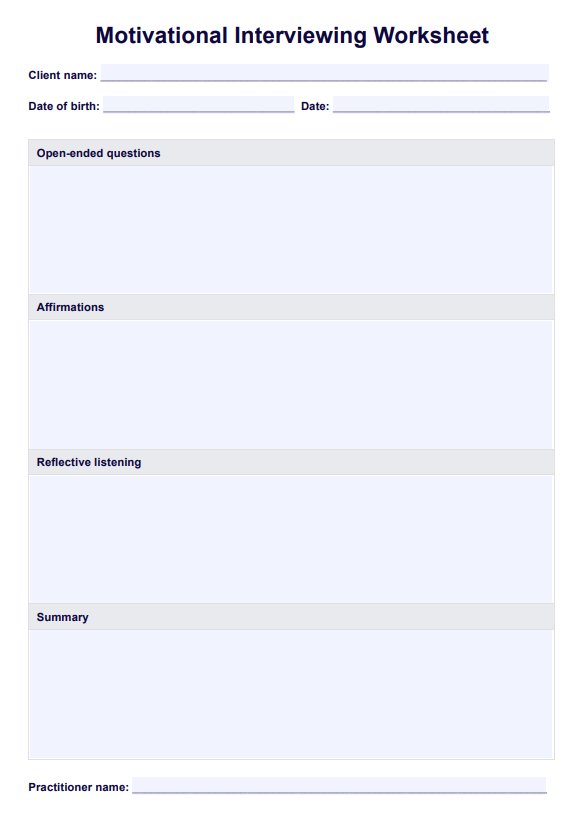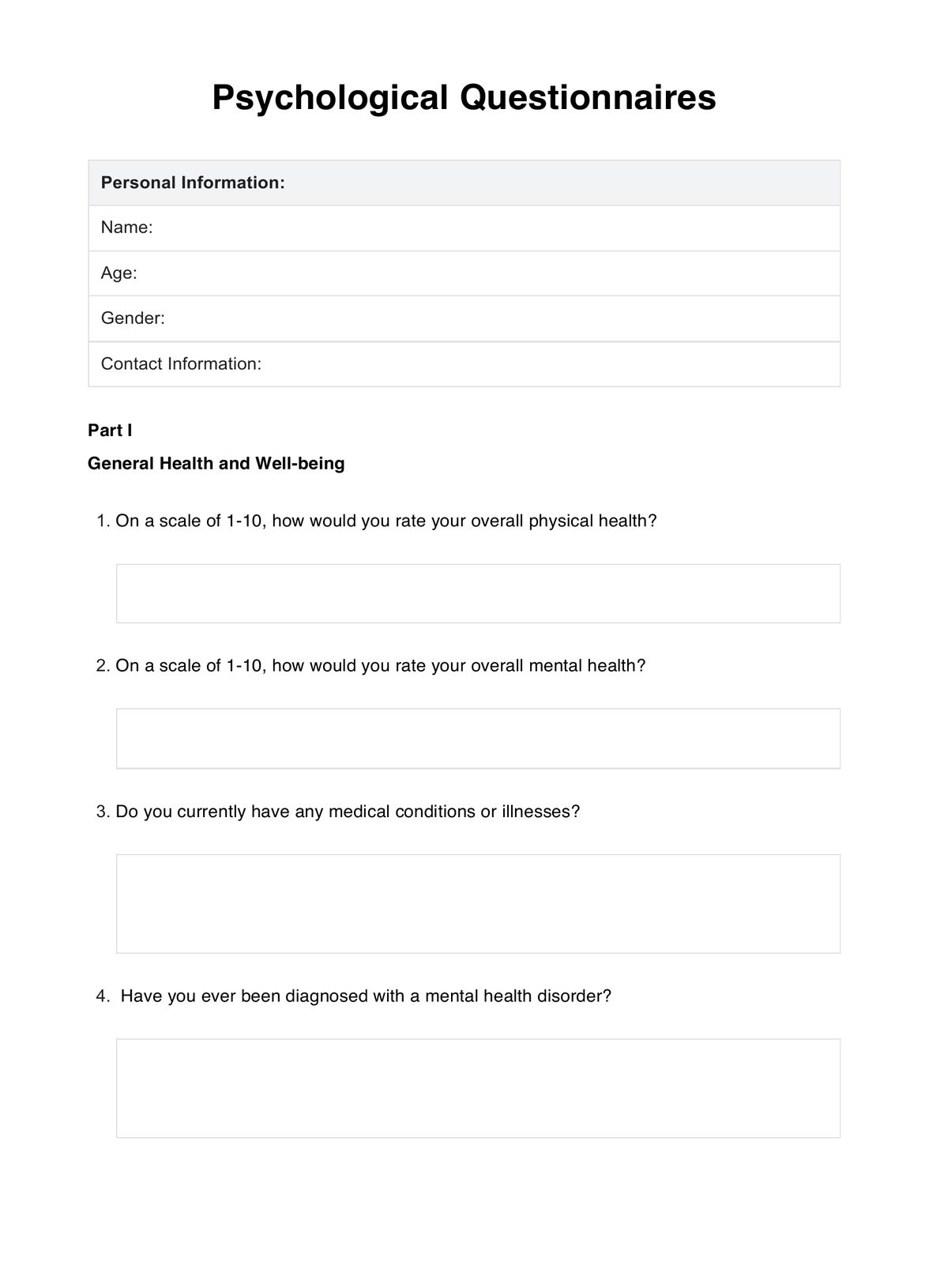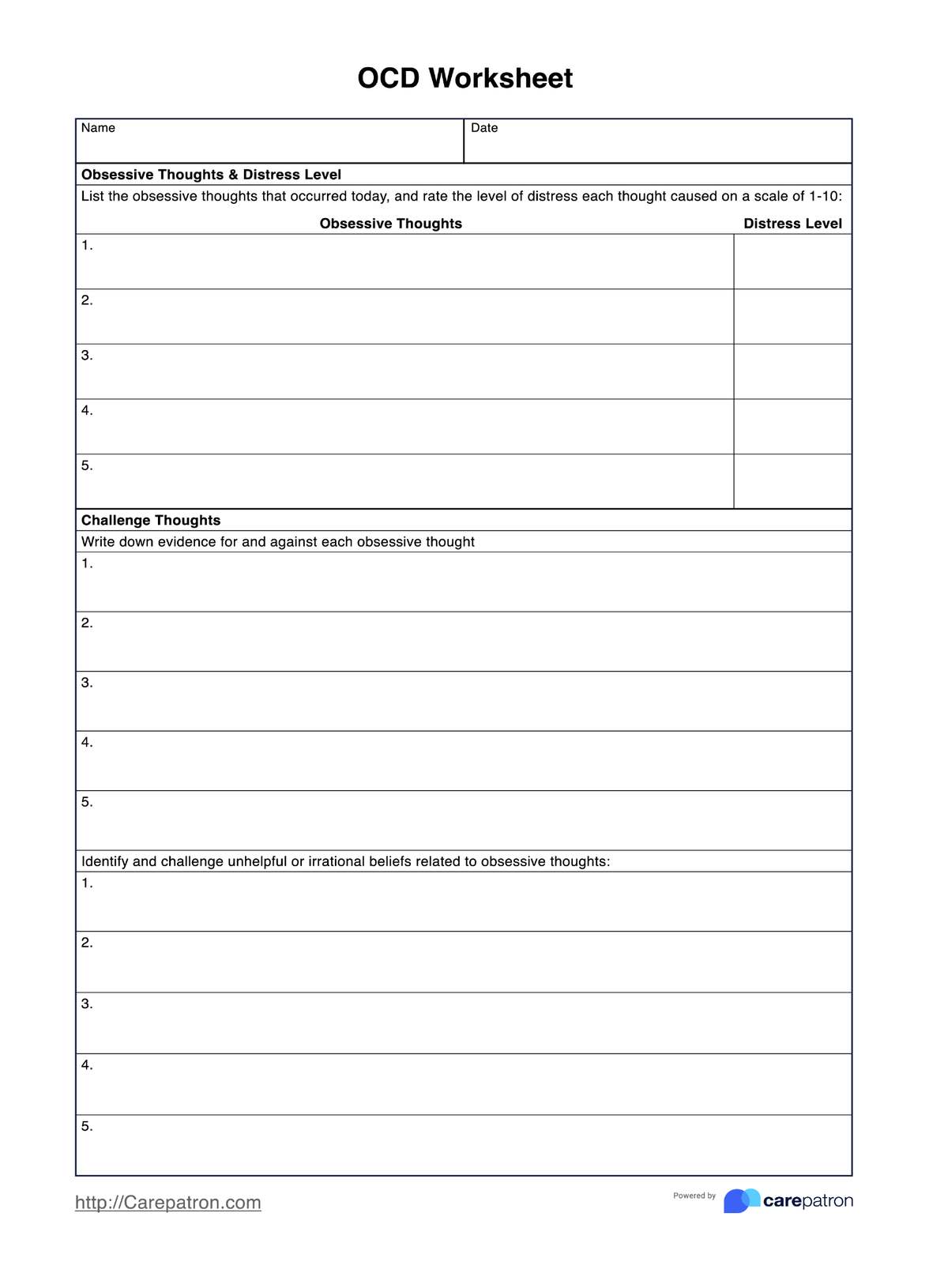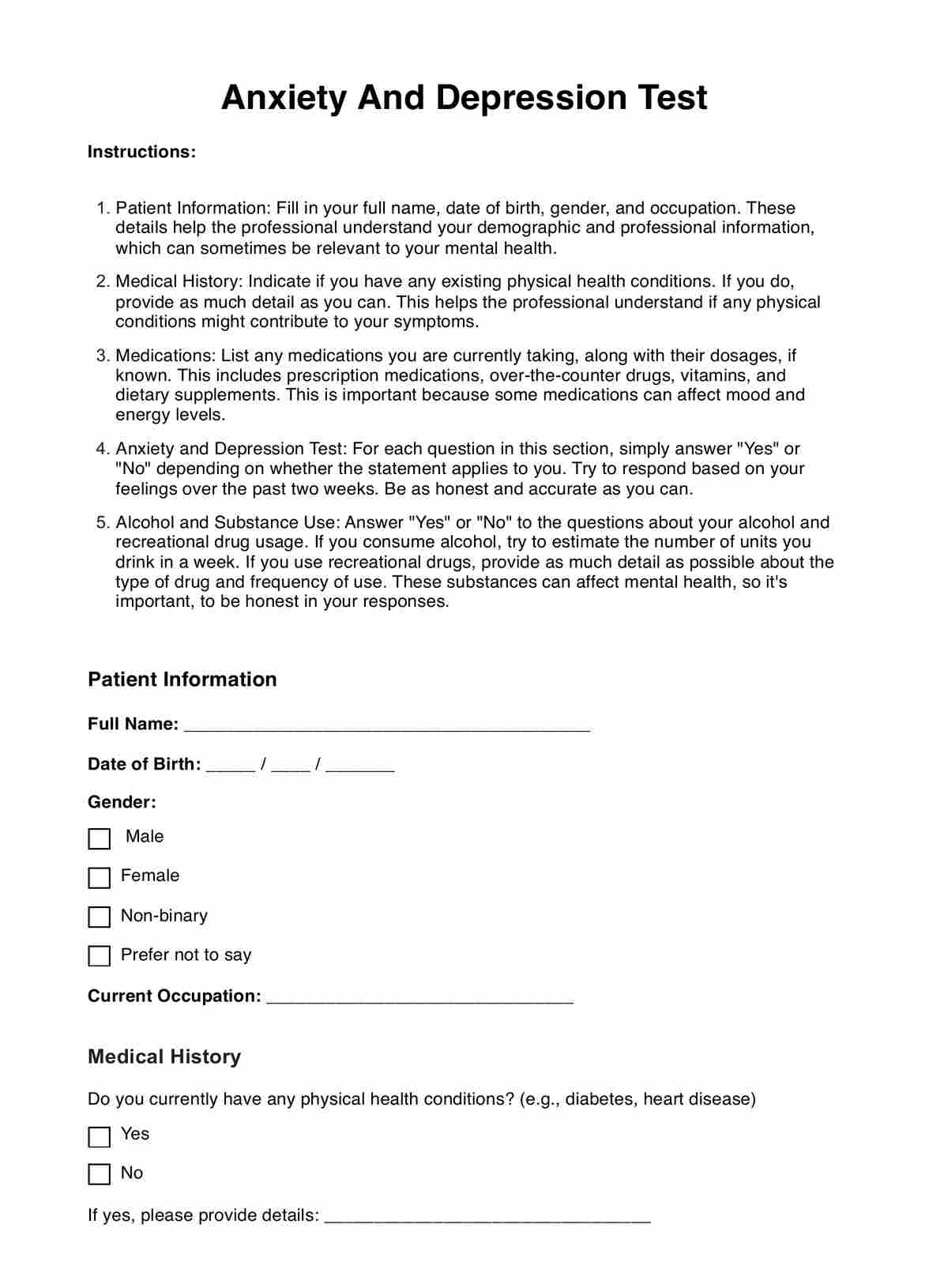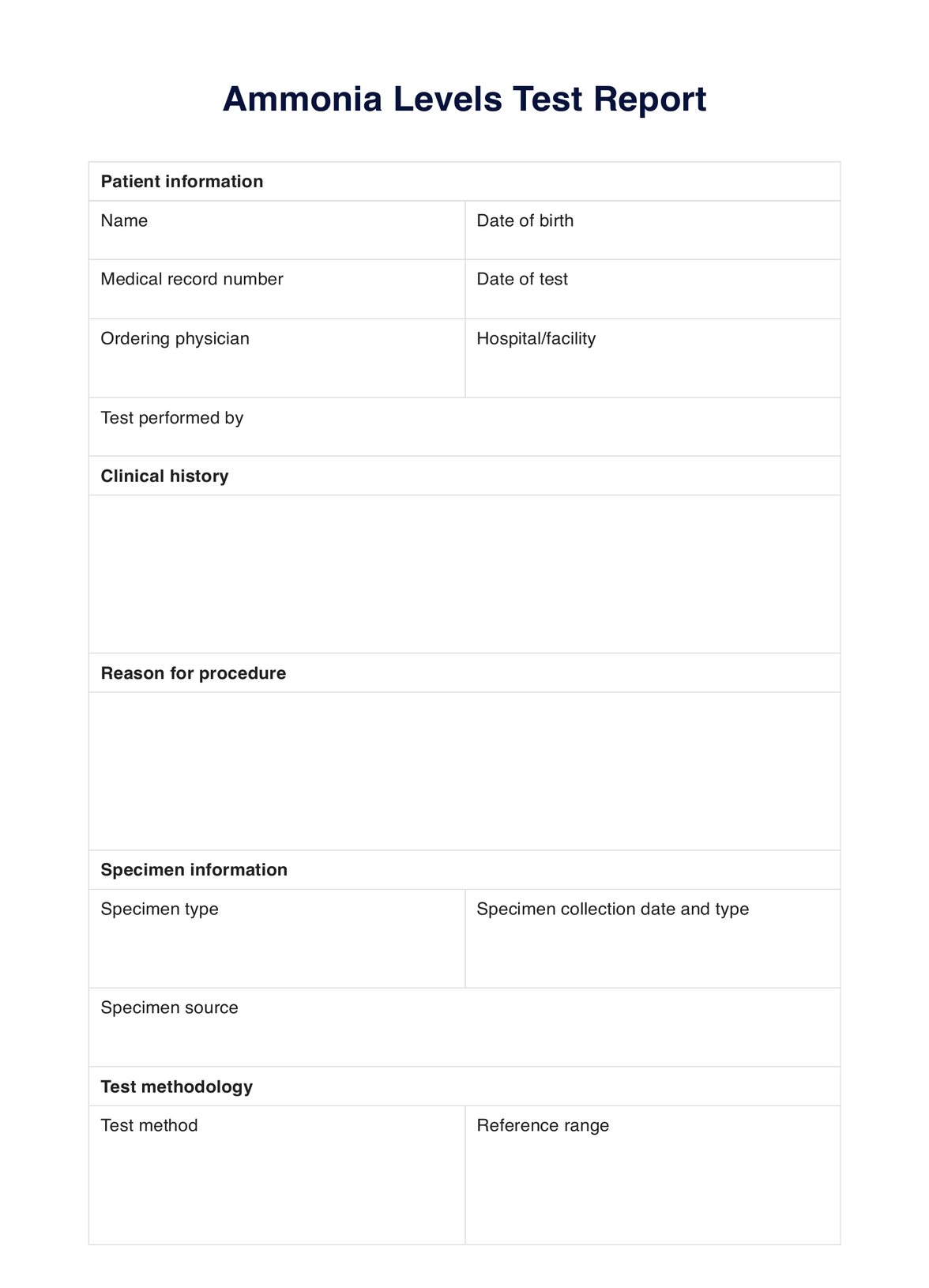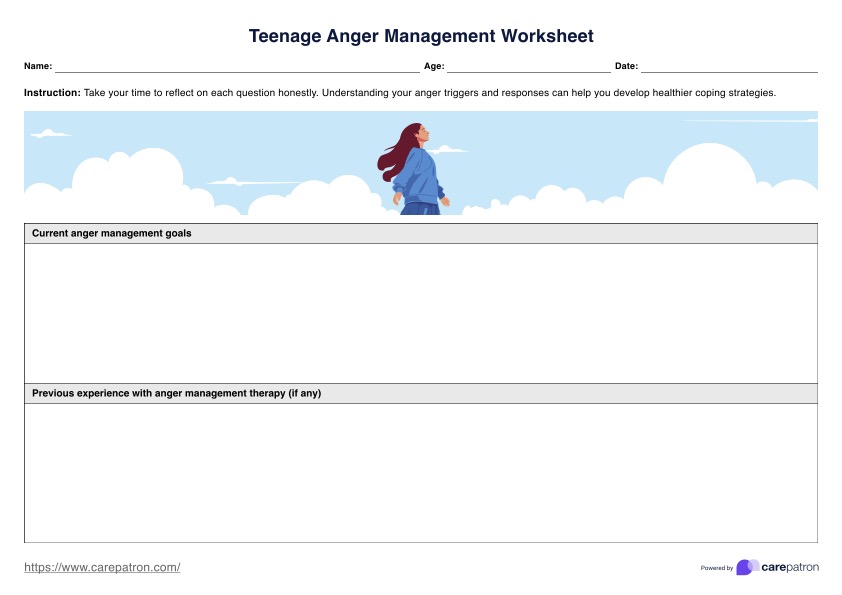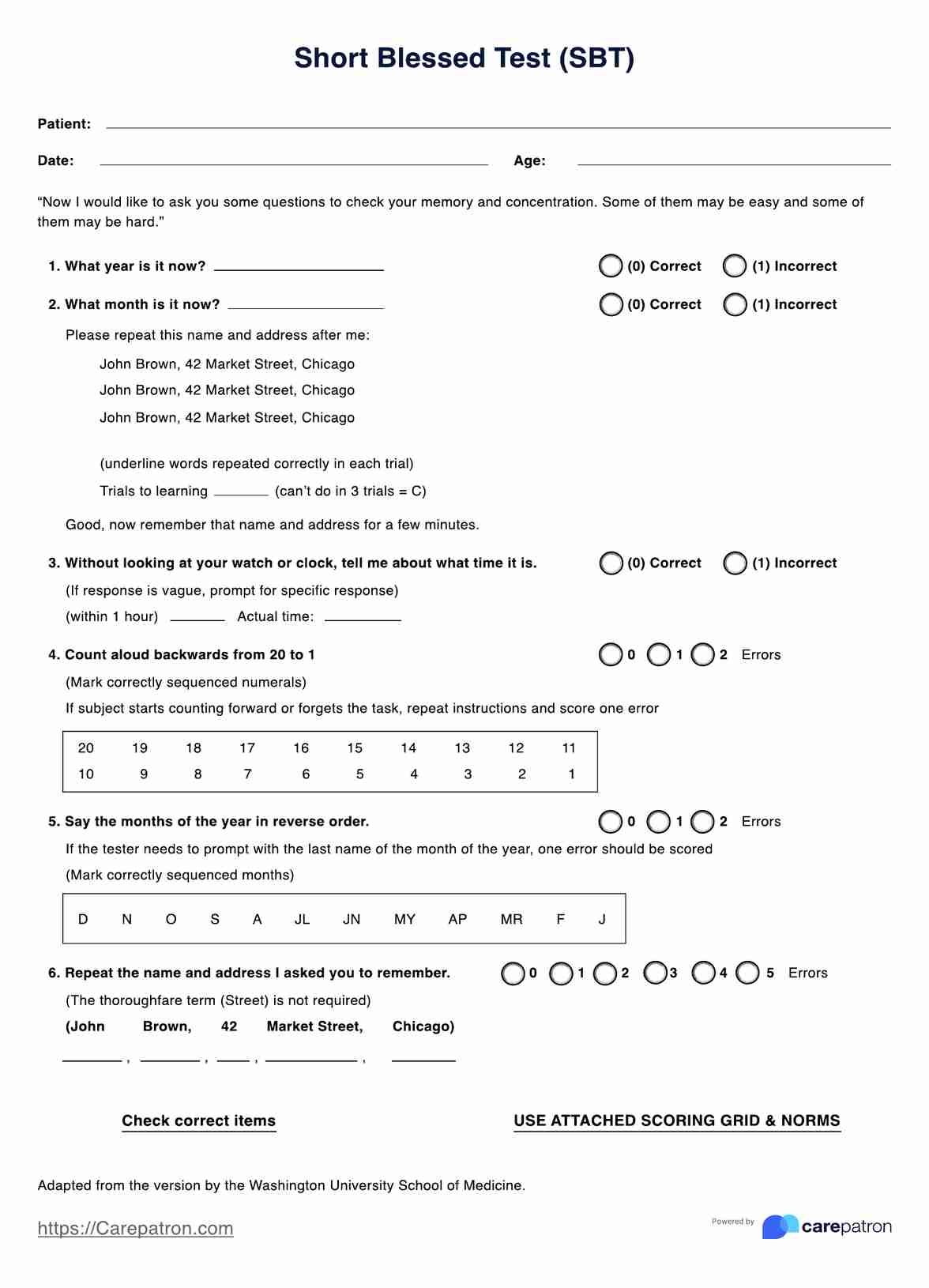DSM 5 Antisocial Personality Disorder
Access a reference handout on DSM-5 criteria for Antisocial Personality Disorder with our comprehensive guide.


What is antisocial personality disorder (ASPD)?
Antisocial personality disorder (ASPD) is a mental health condition characterized by a long-term pattern of disregarding and violating the rights of others. Individuals with ASPD often exhibit a lack of empathy, a disdain for societal norms, and a tendency toward deceitful and manipulative behavior (Fisher & Hany, 2024). Antisocial personality disorder affects not only the individuals but also the people around them. The American Psychiatric Association (2022) claims that ASPD is one of the most misunderstood mental disorders, where it is often undiagnosed and untreated.
The scientific basis for ASPD is complex and involves a combination of genetic, environmental, and neurological factors. Research has shown that individuals with antisocial personality disorder tend to have abnormalities in the brain's prefrontal cortex, which is involved in decision-making, impulse control, and emotional regulation (Yang & Raine, 2009). Additionally, an individual may develop an antisocial personality disorder if there is a history of childhood trauma, family dysfunction, exposure to antisocial behavior, and other mental health conditions.
Antisocial personality disorder symptoms
The symptoms of ASPD include:
- Persistent lying and deception for personal gain or pleasure
- Impulsiveness and failure to plan ahead
- Irritability and aggressiveness, leading to physical fights or assaults
- Reckless disregard for the safety of oneself or others
- Consistent irresponsibility in work and financial matters
- Lack of remorse for actions that harm others or criminal behavior
These symptoms often lead to significant impairments in social, occupational, and personal functioning.
Causes and risk factors of ASPD
Many factors are at play for an individual to develop antisocial personality disorder, involving a combination of genetic, biological, and environmental influences. Key risk factors include:
- Genetic predisposition: A family history of ASPD or other personality disorders increases the risk.
- Neurobiological factors: Abnormalities in brain structure and function, particularly in areas related to impulse control and empathy.
- Childhood trauma: Experiences of physical, emotional, or sexual abuse, neglect, or unstable family environments.
- Sociocultural factors: Exposure to violence, crime, or antisocial behavior in the community.
Understanding these causes and risk factors is crucial for early identification and management, especially for individuals at risk of developing antisocial personality disorder.
DSM 5 Antisocial Personality Disorder Template
DSM 5 Antisocial Personality Disorder Example
How does this template work?
Although this template is a handout and not a diagnostic tool, it is designed to support mental health practitioners to comprehensively understand ASPD and the criteria required for diagnosis. It can assist clinicians in systematically evaluating key characteristics of this disorder, ensuring all formal criteria are met.
However, a complete and accurate diagnosis should always involve clinical judgment, a thorough patient history, and, when appropriate, input from other professionals involved in the care process.
How to diagnose antisocial personality disorder?
Diagnosing ASPD requires a comprehensive evaluation by a mental health professional. The process typically involves a combination of clinical interviews, psychological assessments, and a review of an individual's personal and medical history.
Diagnostic criteria for antisocial personality
Fisher & Hany (2020) highlight that the Diagnostic and Statistical Manual of Mental Disorders (DSM-5) criteria for diagnosing ASPD include:
- A pervasive pattern of disregard for and violation of the rights of others, occurring since age 15, as indicated by three (or more) of the following:
- Failure to conform to social norms concerning lawful behaviors.
- Deceitfulness or repeated lying or conning others for personal profit or pleasure.
- Impulsivity or failure to plan.
- Irritability and aggressiveness.
- Reckless disregard for the safety of self or others.
- Consistent irresponsibility.
- Lack of remorse.
- The individual is at least 18 years old.
- There is evidence of conduct disorder with onset before age 15.
- The occurrence of antisocial behavior is not exclusively during schizophrenia or bipolar disorder.
Differential diagnosis
Differentiating adult antisocial personality traits from other disorders is crucial for accurate diagnosis and treatment. Conditions that can mimic ASPD include:
- Borderline personality disorder: Characterized by emotional instability in interpersonal relationships.
- Narcissistic personality disorder: Marked by a grandiose sense of self-importance and lack of empathy.
- Substance use disorder: Substance abuse can lead to behaviors similar to those seen in ASPD.
Treating antisocial personality disorder
ASPD is a challenging condition to treat, but several approaches can be effective in managing symptoms and improving the quality of life for those affected. Here are some common treatment options:
Psychotherapy
Psychotherapy, particularly cognitive-behavioral therapy (CBT), is often used to treat ASPD. CBT can help individuals with ASPD understand the impact of their behavior on others, develop empathy, and learn coping strategies to manage impulsive and aggressive behaviors. Other forms of therapy, such as dialectical behavior therapy (DBT) and schema-focused therapy, may also be beneficial.
Group therapy
Group therapy can provide a supportive environment for individuals with ASPD to share their experiences and learn from others. It can also help in developing social skills and empathy.
Anger management
Anger management programs can be effective in helping individuals with ASPD control aggressive behaviors. These programs teach techniques for recognizing triggers, managing emotional responses, and expressing anger in healthier ways.
Substance abuse treatment
Many individuals with ASPD may also struggle with substance use disorders, such as drug and alcohol abuse. Addressing these issues through addiction treatment programs is crucial for overall treatment success.
Family therapy
Involving family members in therapy can help them understand the dynamics that contribute to ASPD behaviors and develop strategies to improve their relationships.
It's important to note that treatment for ASPD can be challenging due to the nature of the disorder. Individuals with ASPD may be resistant to treatment or may not see their behavior as problematic. A long-term, consistent approach, often with a combination of therapies, is usually necessary for effective treatment.
References
American Psychiatric Association. (2022, December 29). Antisocial personality disorder: Often overlooked and untreated. https://www.psychiatry.org/News-room/APA-Blogs/Antisocial-Personality-Disorder-Often-Overlooked
Fisher, K. A., & Hany, M. (2024). Antisocial personality disorder. PubMed; StatPearls Publishing. https://www.ncbi.nlm.nih.gov/books/NBK546673
Yang, Y., & Raine, A. (2009). Prefrontal structural and functional brain imaging findings in antisocial, violent, and psychopathic individuals: A meta-analysis. Psychiatry Research: Neuroimaging, 174(2), 81–88. https://doi.org/10.1016/j.pscychresns.2009.03.012
Commonly asked questions
Yes, in the DSM-5, antisocial personality disorder falls under the category of personality disorder.
Antisocial personality disorder patients often exhibit behaviors that disregard the rights of others, such as deceitfulness, impulsivity, aggression, and a lack of remorse for their actions.
Borderline personality disorder (BPD) and antisocial personality disorder (ASPD) differ in their core features. BPD is characterized by intense emotions, unstable relationships, and fear of abandonment, while ASPD is marked by a disregard for the rights of others and a lack of empathy.


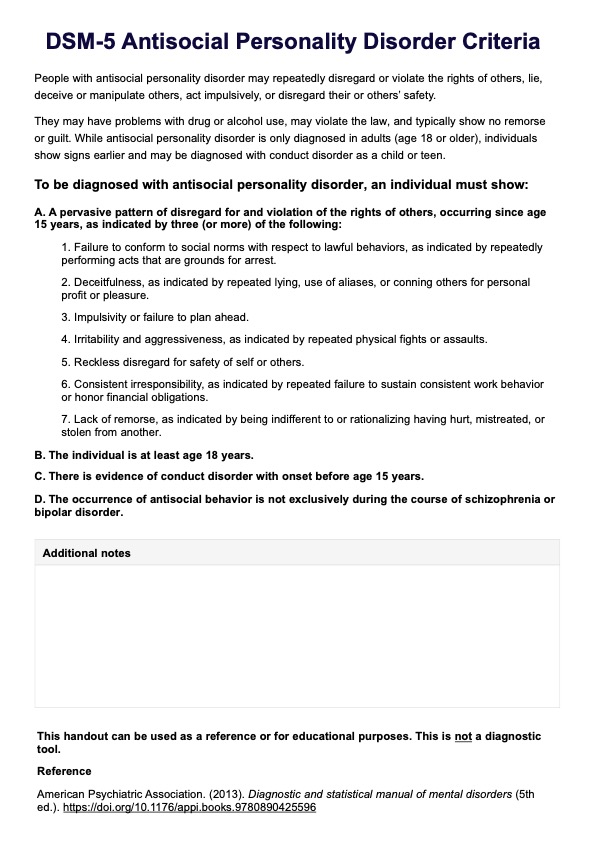
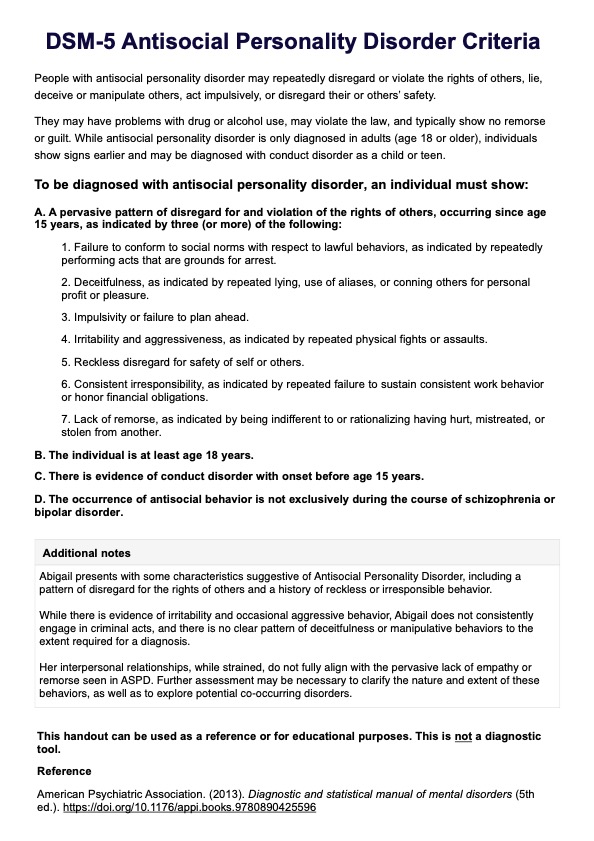

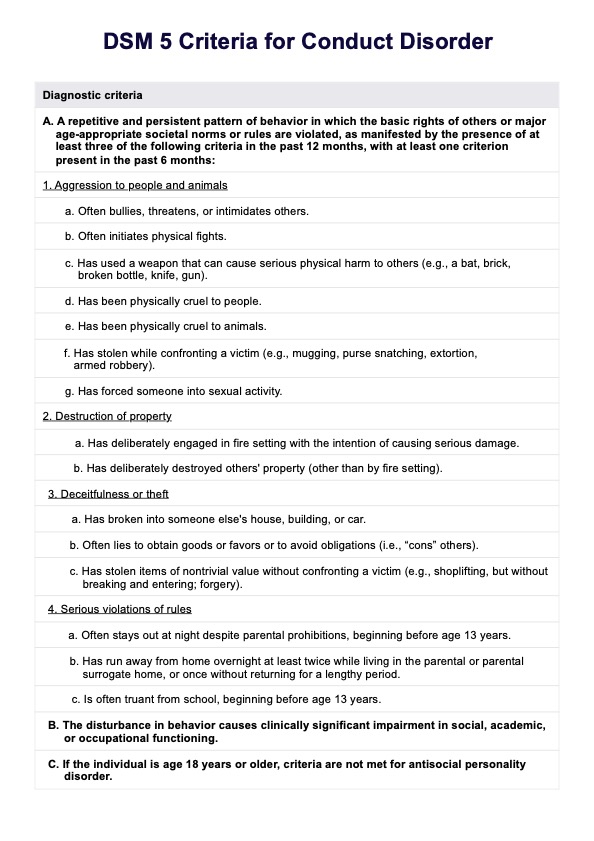
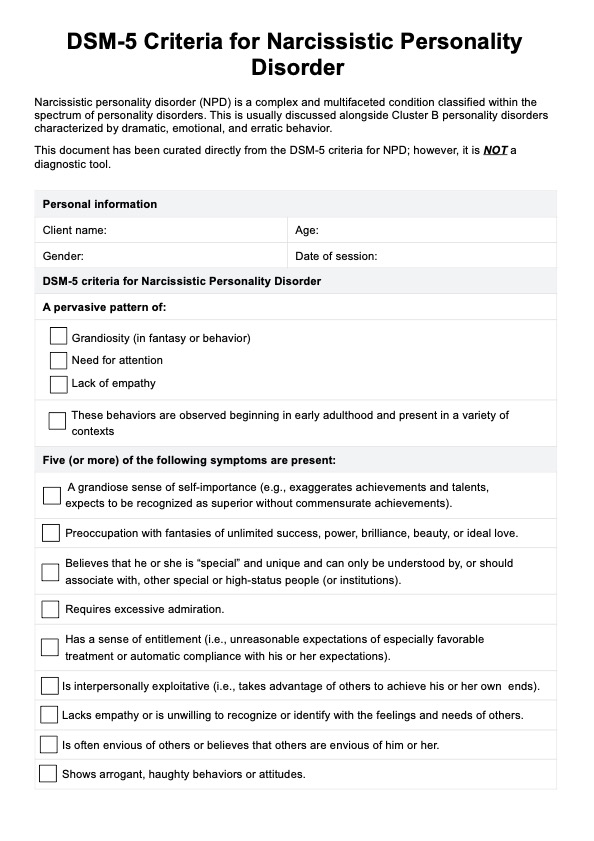
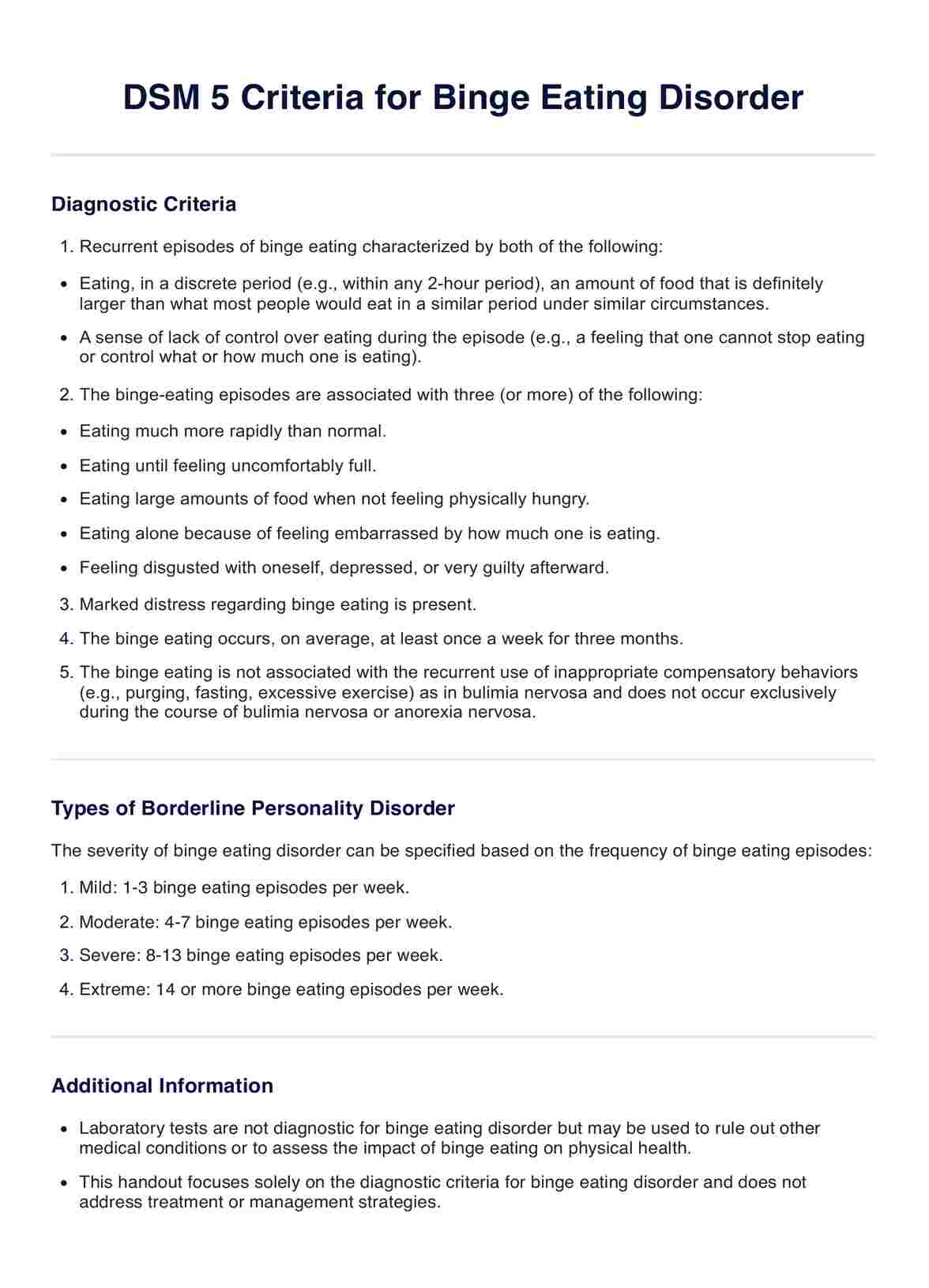
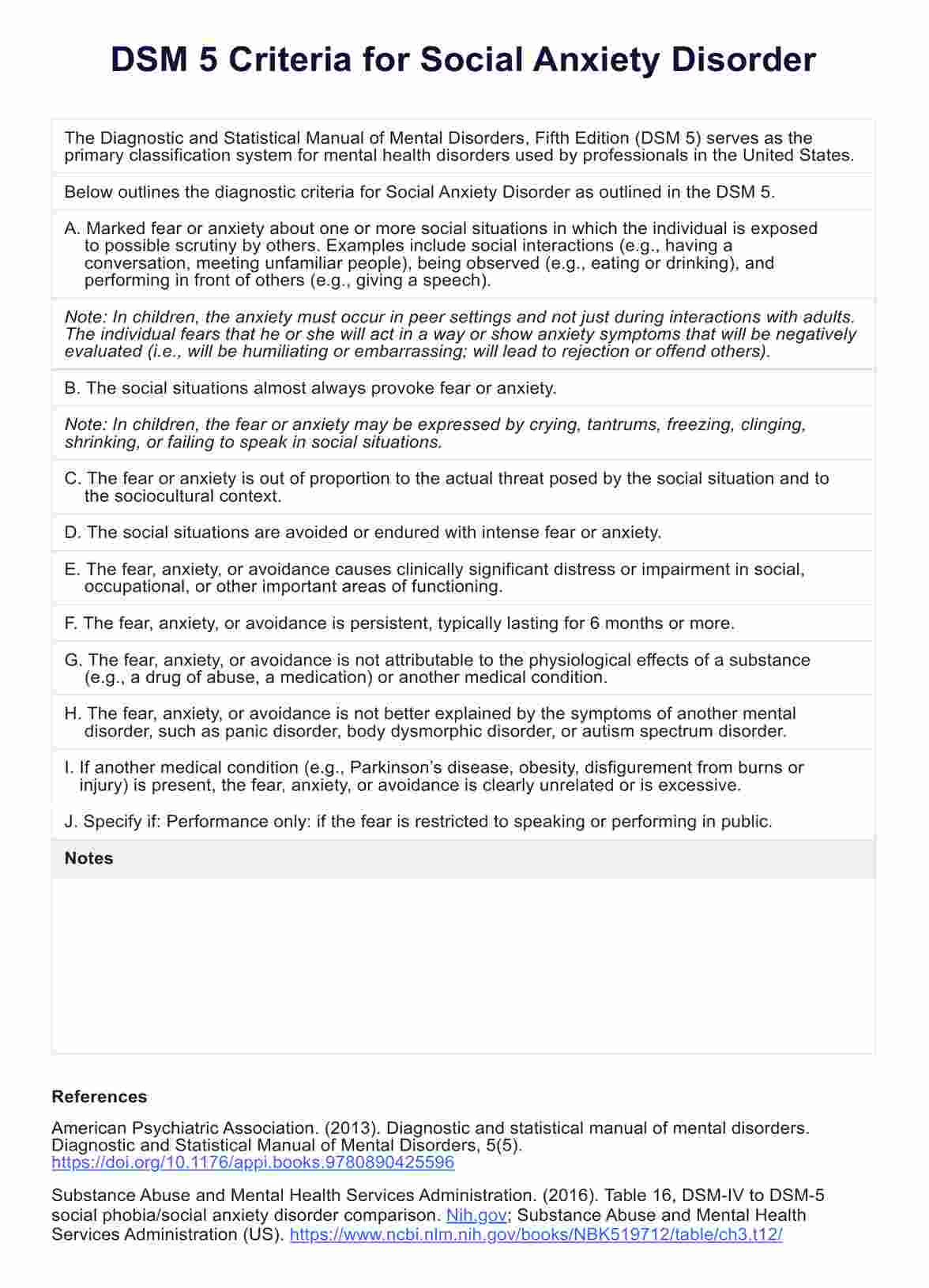
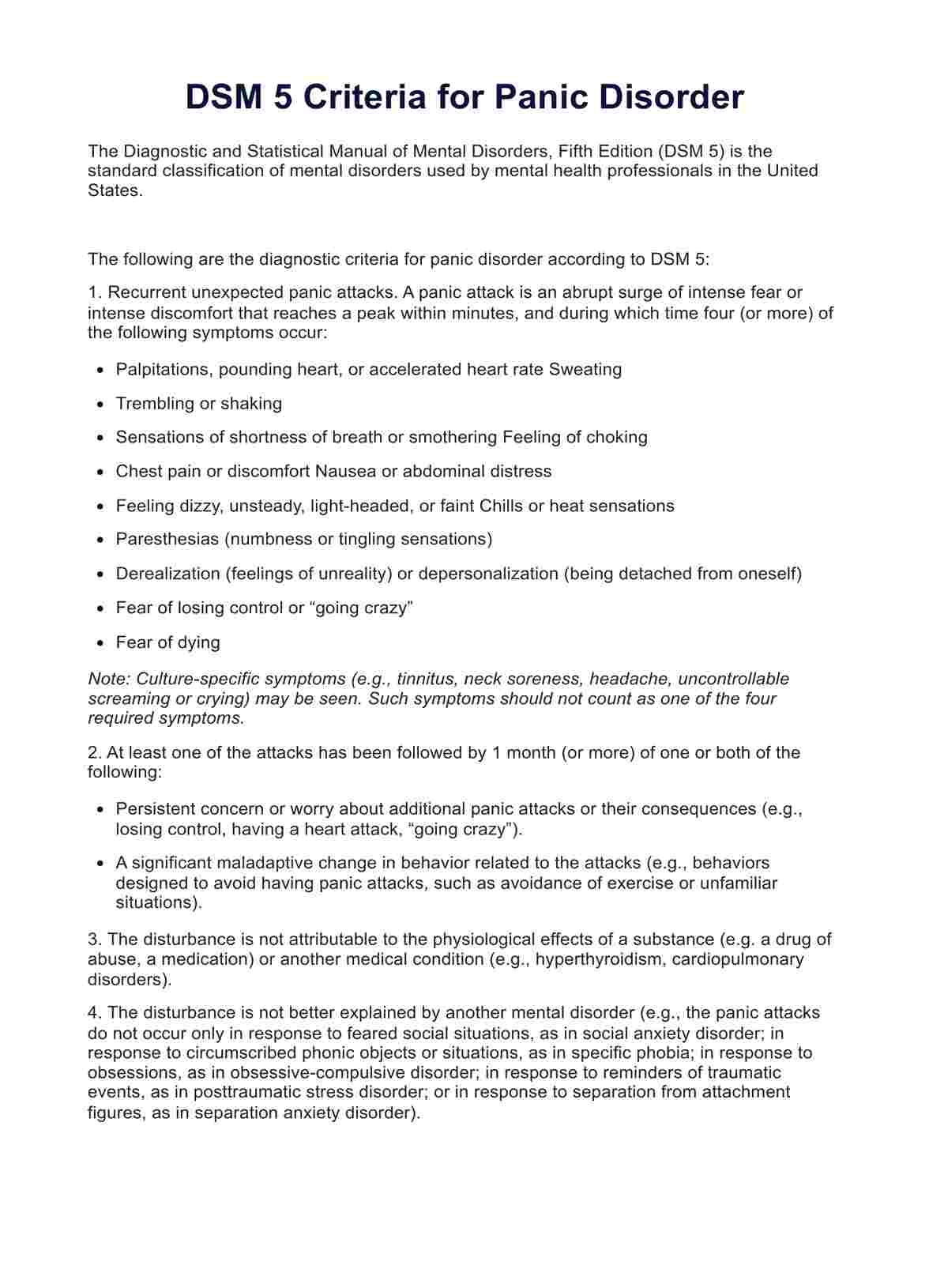
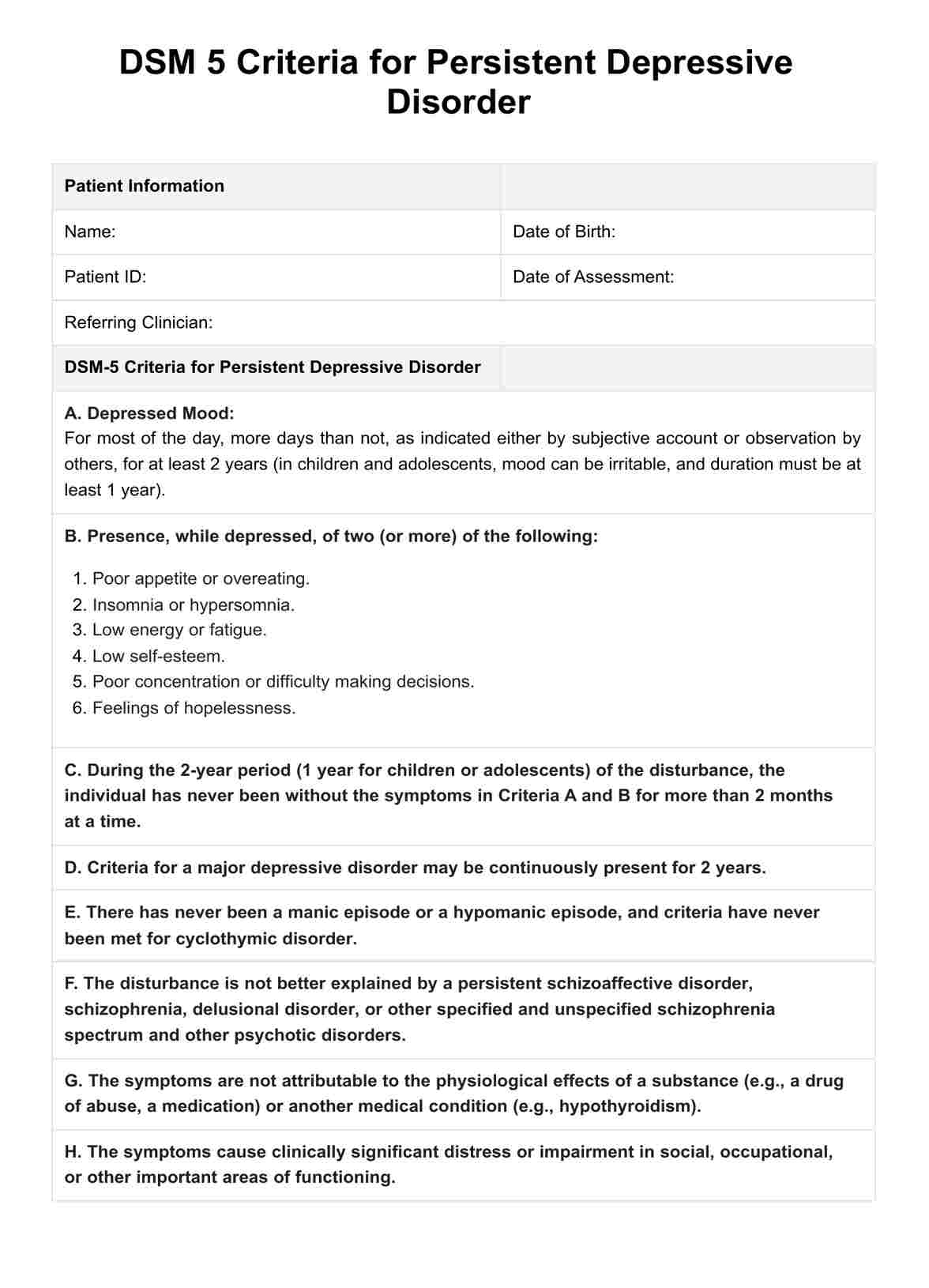
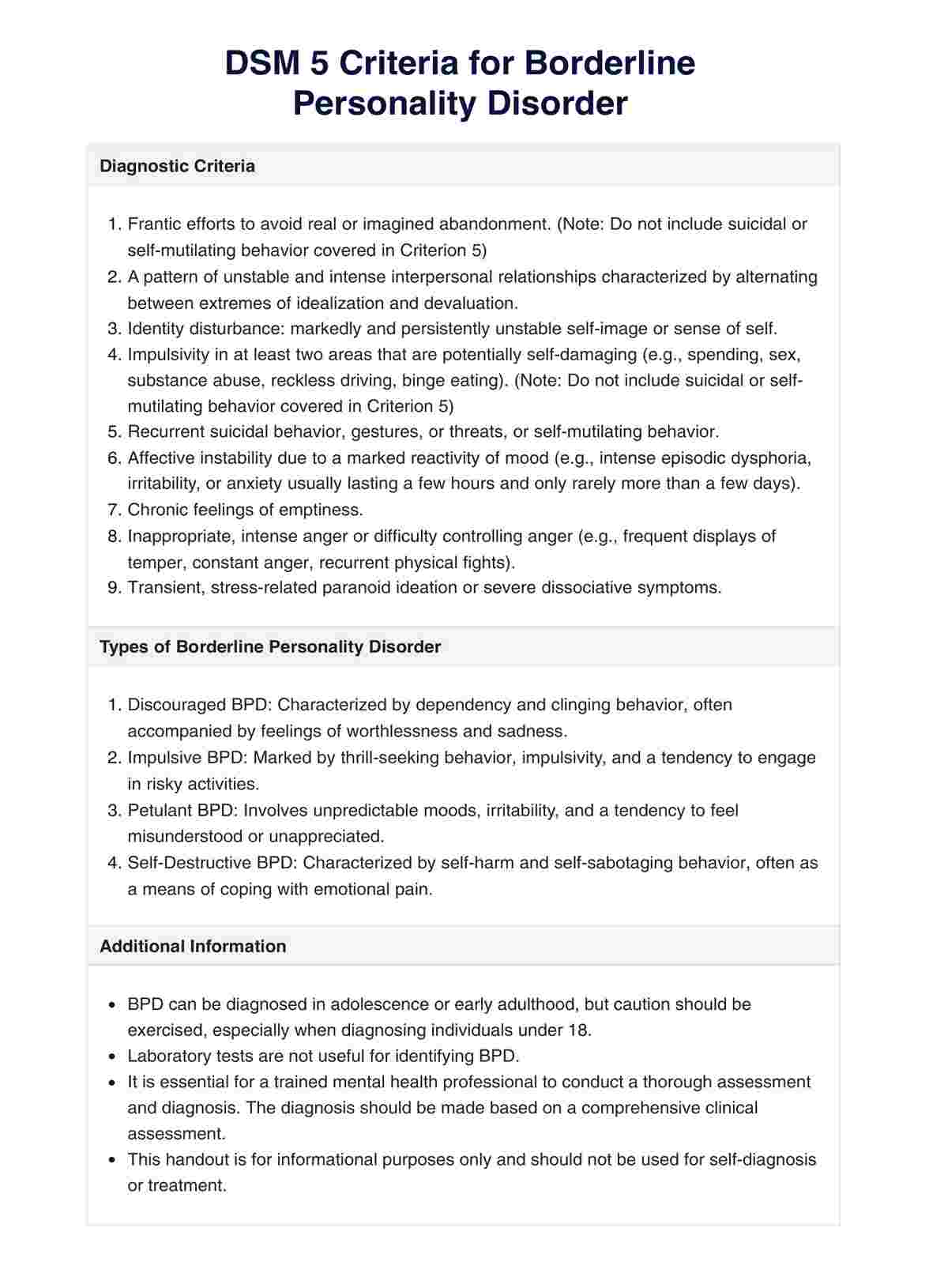
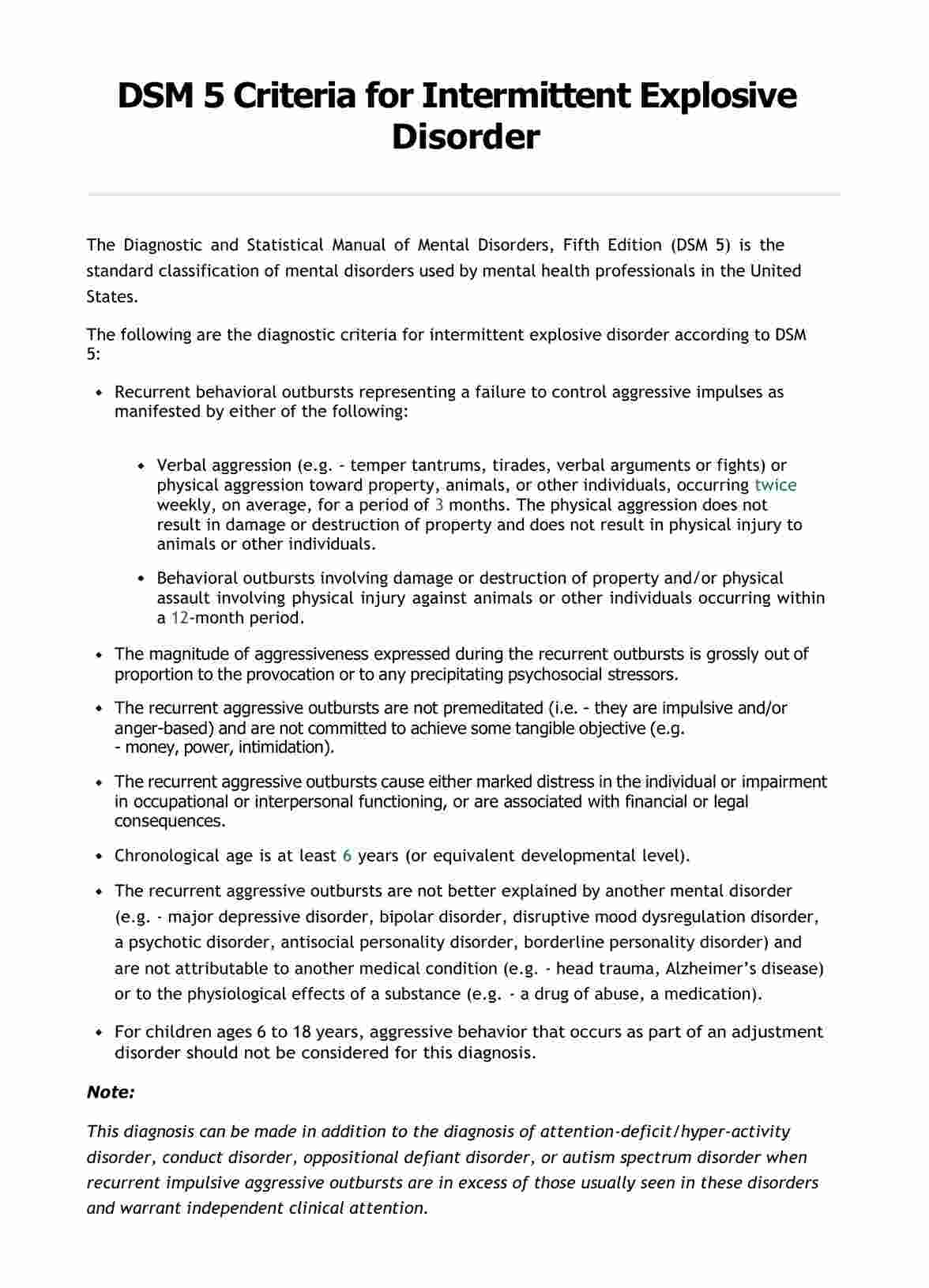
















-template.jpg)



















































































